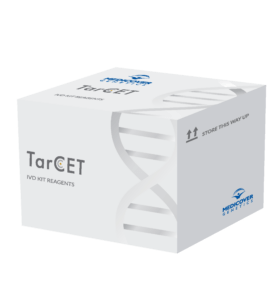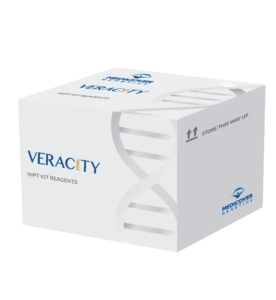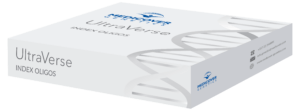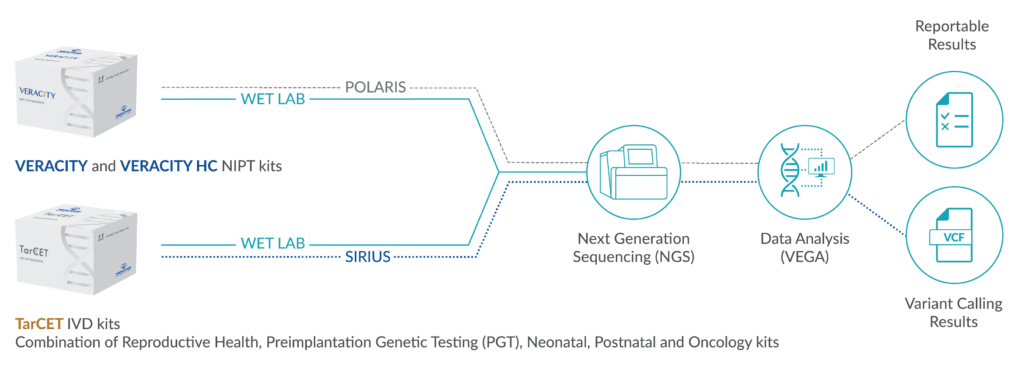A comprehensive single-cell transcriptomic atlas of 1.3 million cells from aged human brains reveals cellular pathways linked to Alzheimer’s disease. This study uncovers region-specific neuron vulnerabilities and an astrocyte program associated with cognitive resilience, offering new avenues for understanding and potentially combating Alzheimer’s. Read more about this under Article 2 below.
Contents
- Article 1: Proteomic signatures improve risk prediction for common and rare diseases
- Article 2: Single-cell multiregion dissection of Alzheimer’s disease
- Article 3: Chromatin plasticity predetermines neuronal eligibility for memory trace formation
- Article 4: Genetic risk factors for COVID-19 and influenza are largely distinctobesity-related morbidities
- References
Article 1: Proteomic signatures improve risk prediction for common and rare diseases
Researchers combined data from about 3,000 plasma proteins with clinical information from 41,931 people in the UK Biobank to create models predicting the 10-year risk of 218 diseases. These protein-based models were more accurate than those using only clinical data for 67 diseases, including multiple myeloma and pulmonary fibrosis. The study shows that specific plasma protein patterns can effectively predict both common and rare diseases, providing a useful tool for early diagnosis and personalized treatment. Read the full article here.
In summary: Protein-based models improve prediction of 218 diseases over clinical data
Article 2: Single-cell multiregion dissection of Alzheimer’s disease
This study maps the activity of individual cells in six brain regions from 283 samples, including 48 people with and without Alzheimer’s disease. Researchers identified 76 cell types, focusing on neurons particularly vulnerable in Alzheimer’s. They found that the Reelin signaling pathway* may contribute to this vulnerability and discovered an astrocyte program that helps protect against cognitive decline. These findings provide insights into Alzheimer’s progress and what might protect against it. Read the full article here.
*The Reelin signaling pathway guides neuron positioning during brain development and maintains connections in adulthood.
In summary: Study reveals Alzheimer’s vulnerabilities and protections
Article 3: Chromatin plasticity predetermines neuronal eligibility for memory trace formation
This study shows that a neuron’s ability to form memories depends on its epigenetic state before encoding. In mice, neurons in the lateral amygdala with more flexible chromatin were more involved in memory formation and showed higher activity. Silencing these neurons blocked memory recall, proving that chromatin flexibility directly affects memory creation. This highlights how epigenetics determines which neurons are involved in encoding memories. Read the full article here.
In summary: Epigenetics crucial for neuron memory formation
This study investigated the genetic risk factors for COVID-19 and influenza to determine any shared genetic basis. Analyzing data from 18,334 influenza cases and 276,295 controls, researchers found that known COVID-19 risk variants do not affect influenza susceptibility. However, they identified new noncoding variants in B3GALT5 and ST6GAL1 associated with influenza. Knockdown of ST6GAL1 reduced influenza infectivity by 57%, suggesting that targeting cell surface receptors used by viruses could offer new treatment strategies for both infections. Read the full article here.
In summary: New variants linked to flu; targeting ST6GAL1 reduces influenza infectivity
References
[1] Carrasco-Zanini, J., Pietzner, M., Davitte, J., Surendran, P., Croteau-Chonka, D. C., Robins, C., Torralbo, A., Tomlinson, C., Grünschläger, F., Fitzpatrick, N., Ytsma, C., Kanno, T., Gade, S., Freitag, D., Ziebell, F., Haas, S., Denaxas, S., Betts, J. C., Wareham, N. J., Hemingway, H., … Langenberg, C. (2024). Proteomic signatures improve risk prediction for common and rare diseases. Nature medicine, 10.1038/s41591-024-03142-z. Advance online publication. https://doi.org/10.1038/s41591-024-03142-z
[2] Mathys, H., Boix, C. A., Akay, L. A., Xia, Z., Davila-Velderrain, J., Ng, A. P., Jiang, X., Abdelhady, G., Galani, K., Mantero, J., Band, N., James, B. T., Babu, S., Galiana-Melendez, F., Louderback, K., Prokopenko, D., Tanzi, R. E., Bennett, D. A., Tsai, L. H., & Kellis, M. (2024). Single-cell multiregion dissection of Alzheimer’s disease. Nature, 10.1038/s41586-024-07606-7. Advance online publication. https://doi.org/10.1038/s41586-024-07606-7
[3] Santoni, G., Astori, S., Leleu, M., Glauser, L., Zamora, S. A., Schioppa, M., Tarulli, I., Sandi, C., & Gräff, J. (2024). Chromatin plasticity predetermines neuronal eligibility for memory trace formation. Science (New York, N.Y.), 385(6707), eadg9982. https://doi.org/10.1126/science.adg9982
[4] Kosmicki, J. A., Marcketta, A., Sharma, D., Di Gioia, S. A., Batista, S., Yang, X. M., Tzoneva, G., Martinez, H., Sidore, C., Kessler, M. D., Horowitz, J. E., Roberts, G. H. L., Justice, A. E., Banerjee, N., Coignet, M. V., Leader, J. B., Park, D. S., Lanche, R., Maxwell, E., Knight, S. C., … Ferreira, M. A. R. (2024). Genetic risk factors for COVID-19 and influenza are largely distinct. Nature genetics, 10.1038/s41588-024-01844-1. Advance online publication. https://doi.org/10.1038/s41588-024-01844-1















